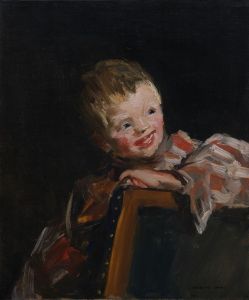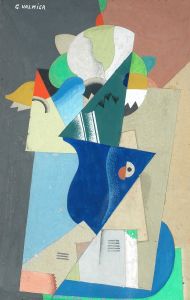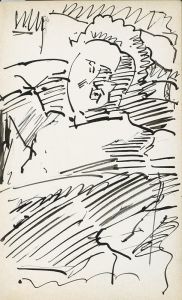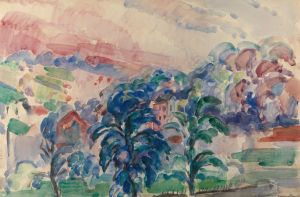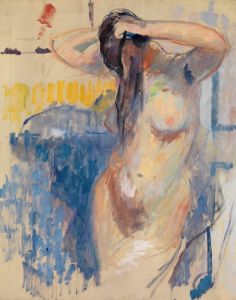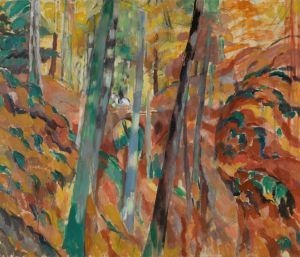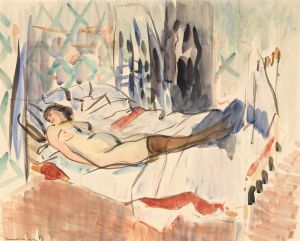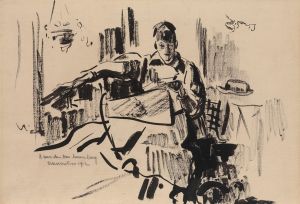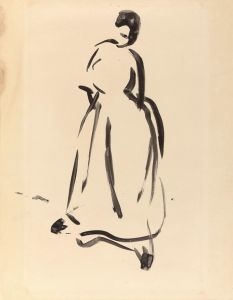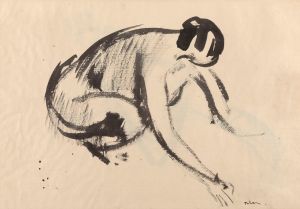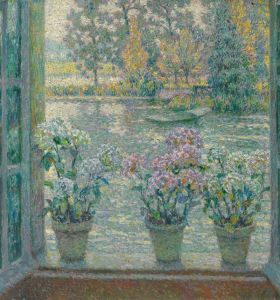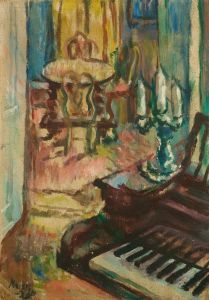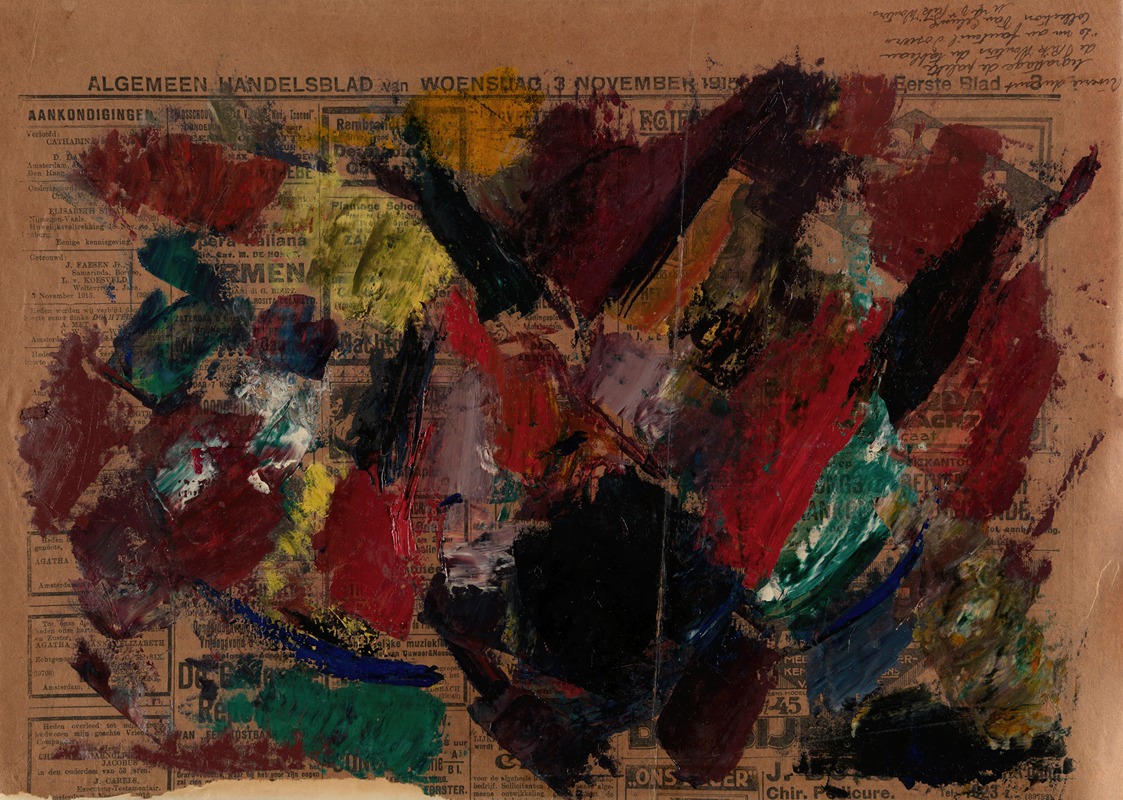
Colours used in Nude in a Cane Chair
A hand-painted replica of Rik Wouters’s masterpiece Colours used in Nude in a Cane Chair, meticulously crafted by professional artists to capture the true essence of the original. Each piece is created with museum-quality canvas and rare mineral pigments, carefully painted by experienced artists with delicate brushstrokes and rich, layered colors to perfectly recreate the texture of the original artwork. Unlike machine-printed reproductions, this hand-painted version brings the painting to life, infused with the artist’s emotions and skill in every stroke. Whether for personal collection or home decoration, it instantly elevates the artistic atmosphere of any space.
Rik Wouters, a prominent Belgian painter and sculptor, is known for his vibrant use of color and expressive style. One of his notable works, "Nude in a Cane Chair," exemplifies his mastery in capturing light and emotion through color. Painted in 1913, this artwork is a testament to Wouters' ability to blend impressionism with fauvism, creating a unique visual language that communicates both the physical and emotional presence of his subjects.
"Nude in a Cane Chair" features a female figure seated in a cane chair, rendered with a palette that is both vivid and harmonious. Wouters' use of color in this painting is particularly striking, as it reflects his interest in the emotional and symbolic potential of color. The painting is dominated by warm tones, including shades of red, orange, and yellow, which are balanced by cooler hues such as blues and greens. This combination of colors not only highlights the form of the nude figure but also creates a dynamic interplay between light and shadow.
The warm colors used in the painting, particularly the reds and oranges, convey a sense of warmth and intimacy. These colors draw the viewer's attention to the central figure, emphasizing her presence and the softness of her skin. The use of these hues can also be seen as a reflection of the artist's emotional connection to his subject, as Wouters often painted his wife, Nel, who was a frequent model for his works. The intimate setting and the relaxed pose of the figure suggest a moment of quiet contemplation, inviting the viewer to share in this private space.
In contrast, the cooler colors in the painting, such as the blues and greens, provide a sense of balance and depth. These colors are often used to depict the background and the shadows, creating a sense of space and dimension within the composition. The interplay between warm and cool tones is a hallmark of Wouters' style, demonstrating his ability to use color not only to define form but also to evoke mood and atmosphere.
Wouters' technique in "Nude in a Cane Chair" reflects his broader artistic philosophy, which emphasized the importance of capturing the essence of a moment through color and form. His brushwork is loose and expressive, allowing the colors to blend and interact on the canvas. This approach creates a sense of movement and vitality, as if the scene is alive with the play of light and color.
The painting is also notable for its composition, which is both simple and effective. The figure is positioned slightly off-center, creating a sense of balance and harmony within the frame. The cane chair, rendered with a mix of warm and cool tones, serves as both a physical support for the figure and a visual anchor for the composition. This careful arrangement of elements reflects Wouters' keen eye for detail and his ability to create a cohesive and engaging visual narrative.
Overall, "Nude in a Cane Chair" is a remarkable example of Rik Wouters' skill as a colorist and his ability to convey emotion through his art. The painting's vibrant palette and expressive brushwork capture the viewer's attention, drawing them into a world where color and form are intertwined in a dance of light and shadow. Through this work, Wouters invites us to experience the beauty and intimacy of a moment, rendered in the rich and varied hues of his artistic vision.





